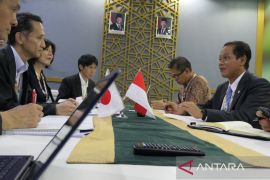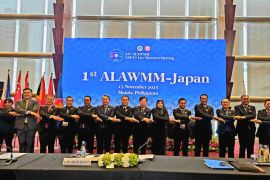The emergency at the Fukushima No. 1 atomic power station, located 250 kilometres (155 miles) northeast of Tokyo, has sent radioactive material into the air, and sparked public anxiety about a more dramatic radiation release.
The March 11 earthquake knocked out reactor cooling systems, and engineers have since battled to contain rising temperatures. Firefighters have sprayed tonnes of seawater onto the reactor fuel-rod pools at the complex.
When asked about the possibility of contaminated water from the site flowing into the ocean, an official from Japan`s nuclear safety agency told AFP: "Radiation monitoring will be conducted for seawater.
"There is a possibility that a very small amount of radiation may flow into the sea. But even if it happens, considering the current radiation level in the air, there will not be an impact on human health," the official said.
Abnormal levels of radiation have already been detected in samples of milk and spinach taken from areas near the plant, as well as in tap water in Tokyo and surrounding prefectures including Fukushima.
Authorities in affected zones are now testing produce and other foods, but a health ministry official and a local official in Fukushima prefecture told AFP on Monday that so far, seafood was not being tested.
(U.KR-IFB/ H-AK)
Editor: Priyambodo RH
Copyright © ANTARA 2011











